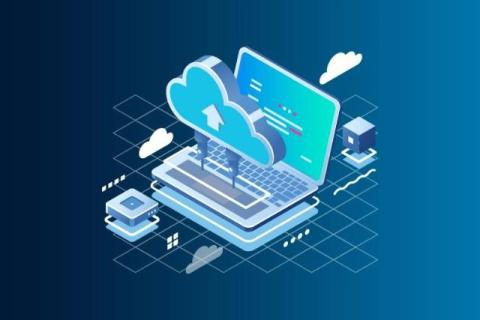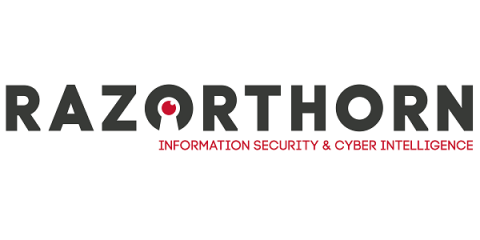Trustwave SpiderLabs' Red Team Flight Tests Microsoft Copilot
The advent and widespread acceptance of Large Language Models (LLMs), such as Microsoft Copilot, by organizations and even average consumers has created another surface threat area that cybersecurity teams must come to understand. To help with this process, Trustwave SpiderLabs conducted a Red Team exercise against a licensed version of Microsoft Copilot.











